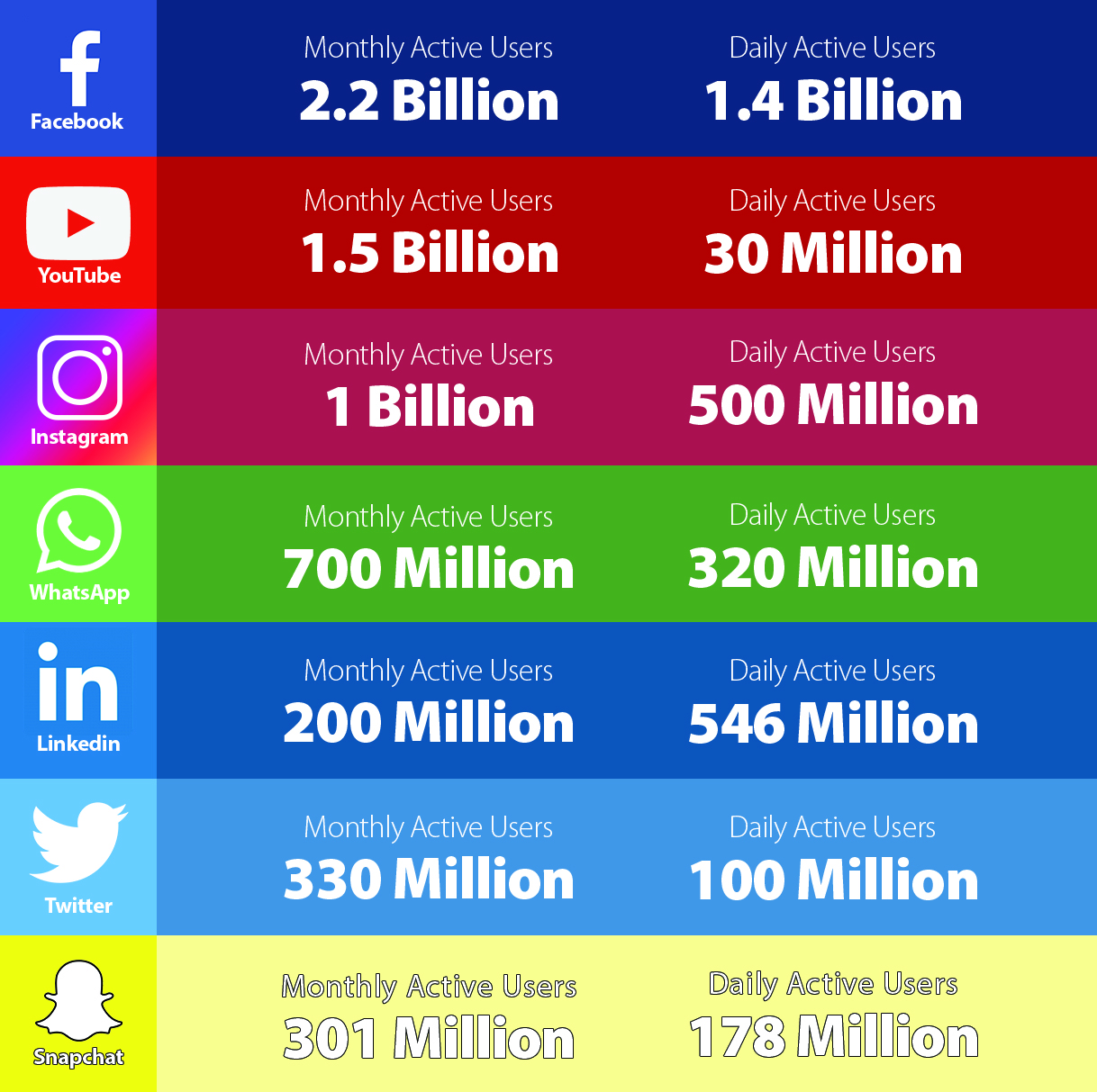Here are two true stories that illustrate the condition of India’s millions of migrant workers. They move hundreds of kilometres from their home states to wherever they find—usually to a city, but more and more to the Southern States, especially Tamilnadu and Kerala. With 45.36 crore migrants in India, every third citizen of the country is a migrant. Of these, 69 per cent are women, majority of whom have cited marriage or having migrated with their husbands as the reason for their translocation.
“The socio-economic development of the southern states is considerably higher and that attracts people. Another factor is that because of better education levels and awareness, local residents of these areas get drawn towards better economic opportunities. This vacuum that gets created gets filled up by people from outside. These developed areas face a crisis of manpower, especially for low-skilled jobs, which leads to migration,” says Dr Abdul Shaban. Some other states too have high numbers of migrants. (The Indian Express, Dec. 5, 2016)
Lalita’s Story
Mrs. Lalita, 35, lost her husband in 2016. She has three school-going children. Lalita and family live in Palam, Delhi. She used to work for three or four families. Her husband was a security guard and was given the Guard’s room for their stay. One morning Lalita found her husband lying below the stairs, unconscious. She got him admitted in the hospital in a Government Hospital, since she could not afford a private hospital. He passed away after three days. Lalita had no means to take his body to Bihar, where they came from, but she had to go there for the ceremonies associated with his death. When she came back, she lost her job, and now had no place to stay. Where will she and her three children stay? How will she feed them and clothe them?
This is the story of most of the domestic workers in India. They work far from their native villages.
To read the entire article Subscribe
Sr Marie Gabrielle Riopel SCSM












